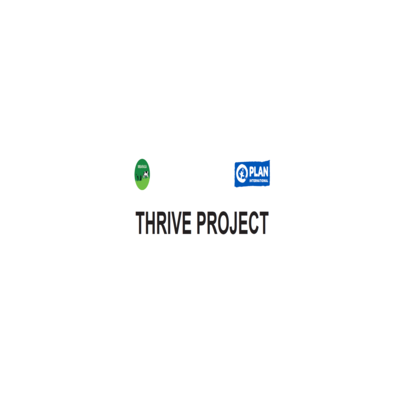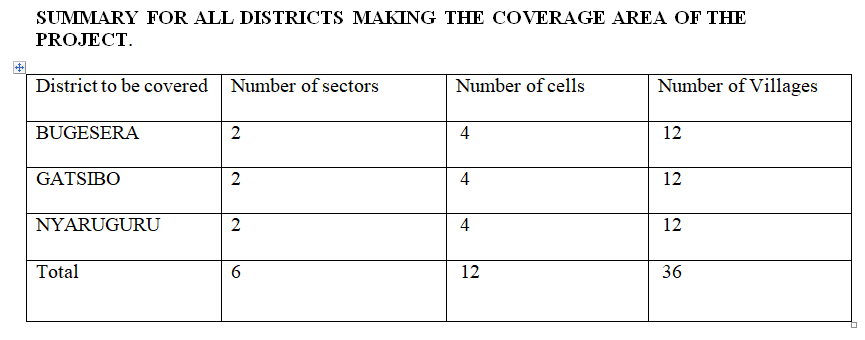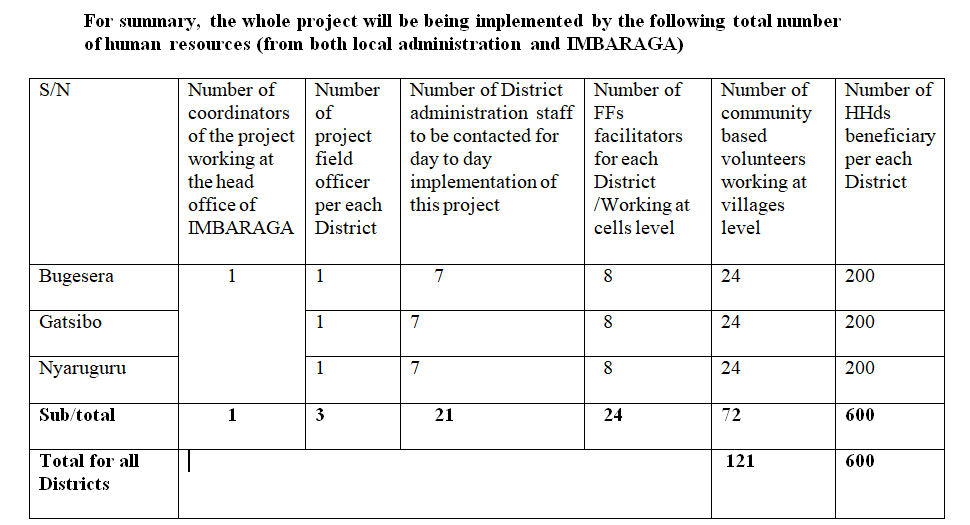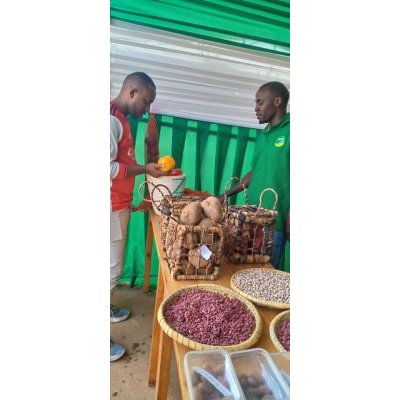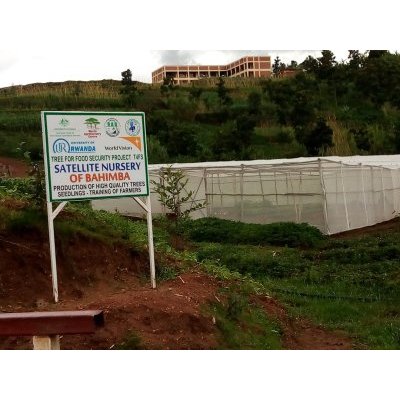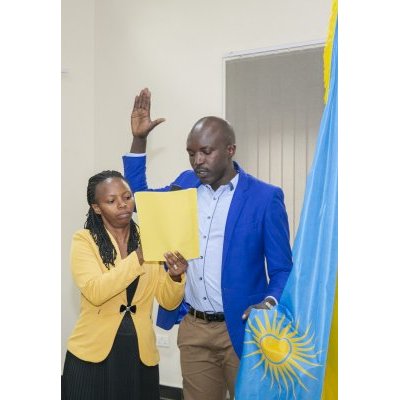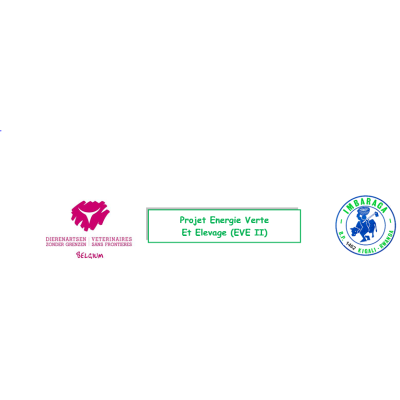BACKGROUND
Plan International was from time to date contributing in supporting for development and humanitarian organization that advances children’s rights and equality for girls. Some of the districts making the coverage area of Plan International organization are Nyaruguru, Gatsibo, and Bugesera Districts.
IMBARAGA Farmers Organizations in Rwanda as a local NGO was also contributing to country development especially in the agriculture sector where its different interventions focus on supporting farmers to increase agriculture productivity, Environment protections, Robby, and advocacy.
The socio-economic transformation in Rwanda is a domain mainly shaped by the Government but in partnership with different actors including private partners and non-government organizations as well as local and international NGOs.
The integrated Household Living Conditions Survey ECV1, EICV2, EICV3, EICV4, and EICV5 showed tremendous progress and change in socio-economic conditions at the household level in Rwanda.
This EICV is conducted every five years to provides information on changes in the well-being of the population such as poverty, inequality, employment, living conditions, education, health and housing conditions, household consumption, among others.
It’s from this report, the Government institutions and other actors involved in-country development, international and local non-government organizations included refer by setting the list of priorities to support the government in speeding up the country development through empowering the community to deliver towards the politics and vision set by the country.
Through this partnership in development Plan International and IMBARAGA Farmers organizations were serving the Country from the time by joining efforts with other actors to make sure that different goals set by the country in terms of socio-economic development are achieved.
In November 2020, IMBARAGA Farmers Organization entered into a partnership with PLAN International under agreement number/Agriculture 006/PU, PA/2020-SPADS, to implement a pilot phase of the project entitled “Transforming Households Resilience in Vulnerable Environment(THRIVE)”. This pilot phase covers the period of time running from November 2020 to June 2021.
THRIVE project fits in the PLAN framework of community economic empowerment interventions. It aims at supporting farmers to improve the well-being conditions in fighting hunger and malnutrition at the household level through Nutrition sensitive agriculture (NSA), strengthened agricultural extension and advisory services (AEAS), and promotion of Savings and Internal Lending Communities (SILC).
The project is implemented in three districts: Bugesera and Gatsibo of Eastern Province and Nyaruguru of Southern Province of Rwanda. The number of beneficiaries is 600 sponsored children’s families, i.e 200 households in each district. The implementation is led by the project field officers working hand in hand with trained community-based volunteers who day to day provide farming advisory services, farm-level hands-on training, and coaching. The project implementation involves other stakeholders including the local leaders and partners in development working in the same area to ensure synergy and complementarities.
Up today, the contribution of the agriculture sector to the National budget and general lifestyle at the household level in Rwanda is very high, but we still have as a country a task of continuing to increase the productivity per hectare, to create a sounding link between agriculture and Nutrition by promoting nutrition-sensitive agriculture at the village and household level and thinking to some following cases cause of failure and unexpected challenges at household’s beneficiaries of plan International in Nyaruguru, Bugesera, and Gatsibo.
• Case of vulnerable households which are not able to reach the speed of development because of having a very small land for agriculture
• Case of households having under five years’ children affected by malnutrition because of poor knowledge in cooking/Diet preparation at the household level
• Case of farmers/Households having low productivity because lacking vibrant support of agriculture extension workers on the village and cell level to support in terms of hands-on training; coaching, …
• Case of farmers/Households with poor agriculture productivity because of insufficient financial means to buy some important agriculture inputs and equipment (seeds of improved verities, fertilizers, lime, watering cans, small scale irrigation kits…
Due to the above-mentioned cases, some farmers/household beneficiaries of plan International are the ones affected and we propose as actors in the Agriculture sector to carry out the following main activities to make sure that the ordinary package of PLAN International is at the household level supplemented.
1.To conduct a short and quick baseline survey by assessing the household living situation across all beneficiaries of Plan International In Nyaruguru, Busgesera, and Gatsibo: The findings from this survey will help to know what the project will do as a priority by supporting these households to leave the critical situation to well-being conditions.
2.To facilitate the establishment of 5 farmer field schools (FFS) to facilitate extension services on bio-intensive gardening (BIG) combined with Nutrition sensitive Agriculture (NSA) for 200 sponsored children’s families in all Districts.
3.Strengthen the capacity of the existing community extension agents (agriculture promoters) in selected communities)
3. Provide hands-on training including developing farmer-friendly training manuals on Good agriculture practices (GAP) to 200 farmers identified among sponsored children’s families through the establishment of demonstration and learning sites (FFS).
4.Support selected families with specific farm agricultural inputs (seeds, organic/Non Organic fertilizers, Agriculture lime where applicable, pesticides, basic farm equipment (watering cans, household-based small scale water collection tank, and small livestock.
SUMMARY OF METHODOLOGIES PHOTO
The effective implementation of this chart of approaches/ methodology will use the existing structures of TwigireMuhinzi& FFS Facilitators and Community Health workers.
Project Activities
ACTIVITY NO 1:
ESTABLISHMENT OF 6 FARMER FIELD SCHOOLS (FFS) TO FACILITATE EXTENSION SERVICES ON BIO INTENSIVE GARDENING (BIG) COMBINED WITH NUTRITION-SENSITIVE AGRICULTURE (NSA), FOR 200 SPONSORED CHILDREN’S FAMILIES IN BUGESERA, GATSIBO, AND NYARUGURU
General objective: Promotion of farmer field schools for facilitation of other extension works at the village and household level.
Sub-objectives/Specific objectives:
– To facilitate bio-intensive gardening establishment at the cell, village, and household level through the establishment of 4 FFs per sector level
– To integrate nutrition-sensitive agriculture (NSA) within bio-intensive gardens
– To reach 200 household beneficiaries with under 5 years’ children by support in terms of promoting Nutrition sensitive agriculture within bio-intensive gardening at the village and household level.
Note: FFS facilitators and community health workers will stay monitoring and evaluating the day-to-day management of these FFs, intensive bio gardens, and Nutrition sensitive home gardens. The project field officer in collaboration with FFs facilitators will stay coaching the teams of housed beneficiaries ensuring that they are respecting the protocol of Bio intensive gardens, home gardens …
• The District is coordinated by one District project field officer working under IMBARAGA Farmer’s organization,
• Number of FFs facilitators per one District: 8 FFs facilitators. This means 24 FFs facilitators across 3 Districts making the coverage area of this project.
• For each District, the project will be being implemented on the village level by farmer promoters and community health workers all coaching the total number of the household beneficiaries of this project. It means 24 Community-based volunteers (Including 12 farmer promoters and 12 community health workers).
For the summary, the whole project will be being implemented by the following total number of human resources (from both local administration and IMBARAGA)
ACTIVITY 2.
STRENGTHEN THE CAPACITY OF THE EXISTING COMMUNITY EXTENSION AGENTS (AGRICULTURE PROMOTERS) IN SELECTED COMMUNITIES
As this one-year project will be implemented in partnership with existing different structures of community-based volunteers (Agriculture promoters/Farmer promoters and Community Health workers), the IMBARAGA farmers organization will need to capacitate them in terms of technics/approaches needed for the implementation of this project.
II.1. The main objective of this activity:
Capacity building of existing structures of community-based volunteers ready to work with the project.
II.1.1. Specific objectives:
1.To train household beneficiaries on the following topics:
a. Good agriculture practices needed to be applied for the promotion of nutrition-sensitive agriculture and intensive bio-gardening, cooking demonstrations at villages level
2.To promote hands-on training in the agriculture and nutrition sector at the community level.
II.2 Expected outputs:
II.2.1. Agriculture productivity increased at beneficiary’s/household level.
II.2.2. Increased number of cooking demonstrations done at village level.
II.3. Increased number of extension workers capacitated and ready to support farmers at the community level.
II.3. Expected outcome on this activity:
– Household income increased at Household level /For families of project beneficiaries and surrounding community.
– Decreased number of children under five years affected by malnutrition on a selected community level.
ACTIVITY NUMBER 3:
Provide hands-on training including developing farmer-friendly training manuals on Good Agricultural practices (GAP) to 200 farmers identified among sponsored children’s families through the establishment of demonstration and learning sites(FFS).
The general objective of this activity: Inclusive hands-on training of 600 HHDs/beneficiaries on different nutrition-sensitive agriculture topics:
Specific objectives:
1). Installation of 36 FFs/farmer field schools through hand-on training in 3 districts making the coverage area of this project.
2). Installation of 72 bio-intensive gardenings within 36 villages making the coverage area of this project (For all 3 Districts). One of OFSP and another of HIB for each cell.
3) Installation of nutrition-sensitive home gardens at 600 households within 3 Districts making the coverage area the project.
Expected outputs:
• Increased number of farmers in the household beneficiary of this project coached on the ways of establishing productive nutrition-sensitive home gardens, bio-intensive gardening, and FFS.
• Increased productivity for High iron beans and Orange fresh sweet potatoes at the farmers of the household beneficiary
• Increased generated income for the household beneficiaries of the project.
• Increased quantity of OFSP planting material available on a community level
• Increased quantity of HIB for seeds and consumption purposes on the community level.
• The number of starving families is decreased in the communities
Expected outcomes:
– The nutrition status of the household’s beneficiary is adjusted.
– A highly decreased number of under 5 years’ children affected by malnutrition
– Stable economy at the household beneficiary level.
– The surrounding community in the coverage area of the project will have the profit from technical assistance from coached farmers and extension workers.
– The available bio-intensive gardening on the community level will be the additional source of planting material for the beneficiary and non-beneficiary households.
ACTIVITY No 4:
SUPPORT SELECTED FAMILIES WITH SPECIFIC FARM AGRICULTURAL INPUTS (SEEDS, ORGANIC AND NON-ORGANIC FERTILIZERS. AGRICULTURE LIME IN NYARUGURU, PESTICIDES, BASIC FARM EQUIPMENTS: WATERING CANS, HOES, SMALL, LOCAL MADE HOUSEHOLD WATER COLLECTION TANK, SPRAYERS AND SMALL LIVESTOCKS.
The general objective of this activity:
– To support households’ beneficiaries in terms of inputs, equipment, and other basic needs for a small farmer who wants to boost the production at the farm level.
This part of the supply will support all household beneficiaries to implement safely all identified sub-activities in the previous pages. Let’s highlight the number/quantity of supply expected to be done in this activity/project.
ACTIVITY 5: CONDUCT A BASELINE SURVEY FOR TARGETED HOUSEHOLDS.
The Baseline Survey is an early element in the monitoring and evaluation plan and uses the log frame structure to systematically assess the circumstances in which the project commences. It provides the basis for subsequent assessment of how efficiently the activity is being implemented and the eventual results achieved.
The results of this baseline will help to shape the main areas for this project by providing information on what we should focus on more or less and will be a benchmark for measuring the success or failure of this project. This baseline survey will allow getting some quantitative and qualitative data for the project.
For this case of a project, this is a guided baseline, it will be carried out by shaping the ways of helping the PLAN international to integrate the support to the targeted households as a response to achieve an integrated socio-economic development at the household and community level. This oriented and guided baseline survey will normally save costs and will increase confidence in the baseline results.
